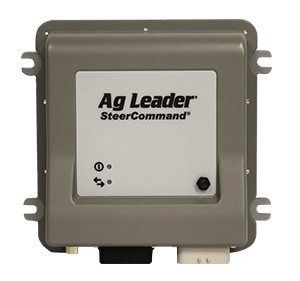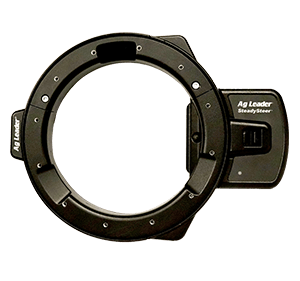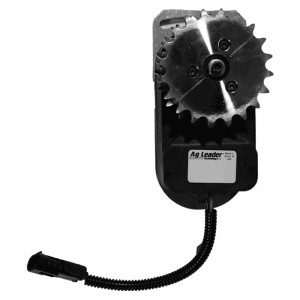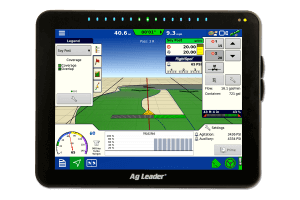Value of Data: Prescriptions
Prescriptions are synonymous with treating a problem differently than the rest of the group, be this in the medical field or the farm field. When a drug company conducts trials to treat illnesses, they always have a control group to monitor the effects of those that received the treatment, as well as those that didn’t receive the treatment. This allows them to monitor progress in curing the illness, and also see if there are other unforeseen side effects.
The same methodology should be implemented in your fields when you are evaluating a newer management practice. Across the industry, there are skeptics who don't believe VRT is the right way to manage your farmland. I think as with any change you can make on the farm, you have to evaluate whether your farming conditions are suited for this approach and where to invest in tools to fix problems. Before you invest in parts, creating trials manually is a good approach to test the concept of what you are considering. On our farm we have variable soils, from flat black loams, to edge of the hill clay and rocks.
If all goes well this spring, we are going to add VR seeding to some of the research we have done with VR Nitrogen application. However, just as with the drug companies, the only way we are going to be able to measure success is to have reference strips of the ‘typical’ rates we would have normally used. Also, we will factor in the cost of extra seed or fertilizer to see if any increases in yield were enough to pay for the extra inputs. Below are some tips to ensure quality data:
- Statistically, you should have 3 or more replications to ensure quality data for a decision.Make sure trials don’t overlap special areas.
-
Make sure trials don’t overlap special areas.
- By this I mean that all trials need to be on an even playing field, and that one treatment wasn’t given something that the reference strip received (such as tillage or timing of planting).
-
Make sure to think about harvest.
- A 50-foot plot may be enough for a seed researcher, but if you intend to use combine yield monitors as the measure, make sure you consider combine dynamics and have enough distance to use for a pure test. (For example – plant 400 ft trial, analyze the middle 300 ft).
- After all the data has been collected and evaluated, think back to the weather during the growing season and if any events could have affected the results, skewing the data.
Using prescriptions can be a valuable tool, provided you accurately test and record the data to determine its effect on your operation.


